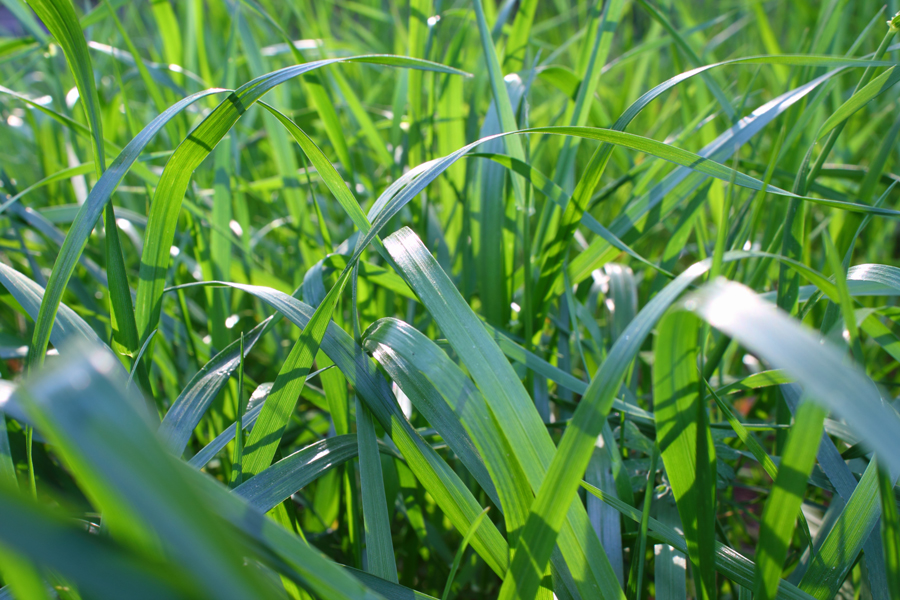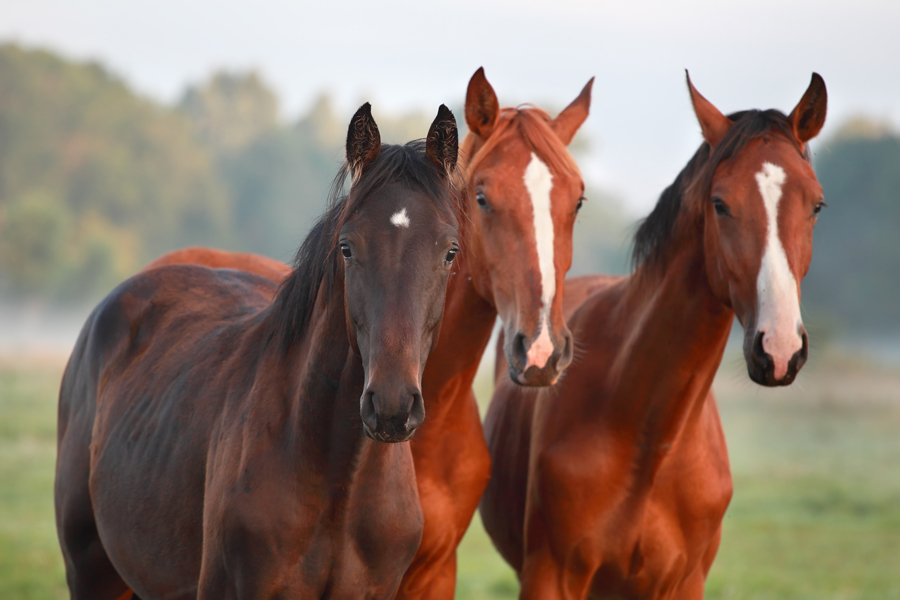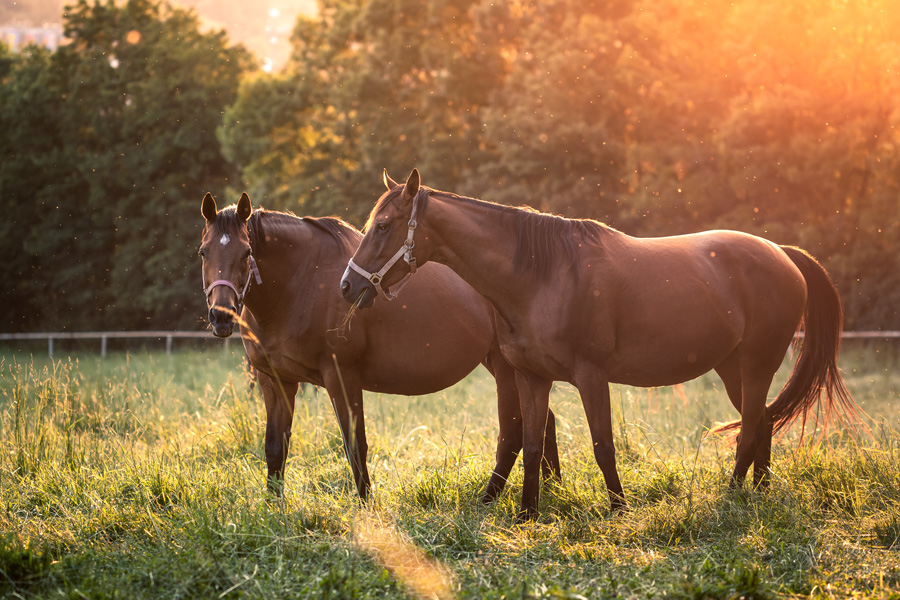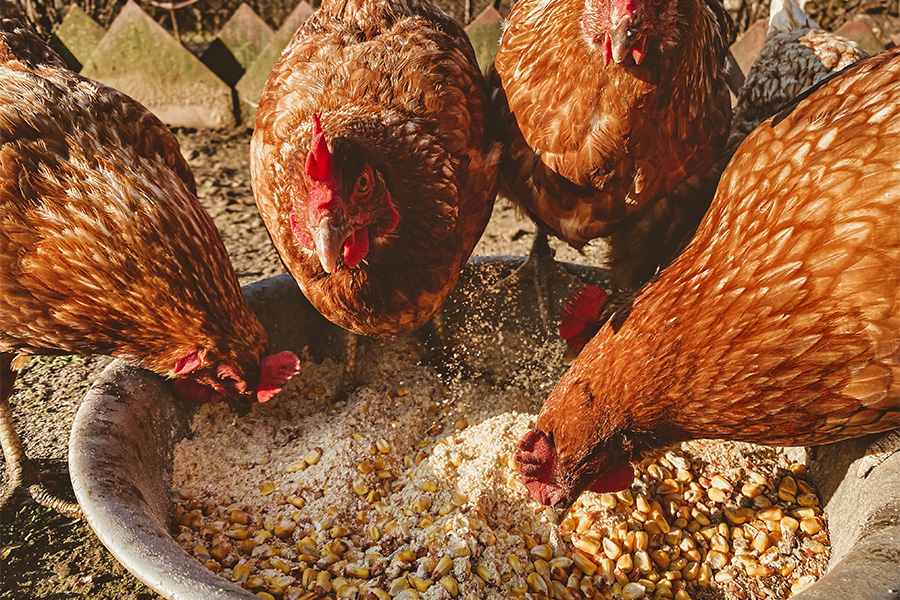Horses
-

This publication highlights the role of selenium in animal nutrition; selenium concentration and distribution in soils and feedstuffs (grains and forages) produced in various parts of the United States and in Georgia; disorders resulting from Selenium deficiency or toxicity; various methods of selenium supplementation; and recommendations for selenium management in Georgia. This publication is intended to serve as an educational resource for university researchers and Extension specialists, county Extension agents and livestock, forage and feed producers, among others.
Lawton Stewart and Uttam K. Saha
|
-

C 1180
Fescue Toxicosis in Horses
Tall fescue is the primary cool season perennial forage grown in the state of Georgia, and toxicity issues related to the grass can have significant impacts on equine reproduction. Tall fescue is the most heat tolerant of the cool season grasses due to a fungus that grows within the plant called an endophyte. This endophyte produces ergot alkaloids that can have negative effects on animals that eat the infected forage. The toxic effects of the endophyte can be successfully managed by eliminating the grazing or feeding of toxic tall fescue, as described in this publication.
Brenda Jackson, Dennis Hancock, and Lisa Baxter
|
-

Parasite resistance is an increasing problem in livestock species, including horses. Equine deworming practices have historically involved a six-week rotational deworming schedule. However, these practices have led to parasite resistance to many of our available dewormers. This publication addresses the current recommendations for deworming based on fecal egg counts, including why parasite resistance is increasing and how and when to assess fecal egg counts in horses.
Kylee Jo Duberstein
|
-

Nutrition can play a key role in achieving peak athletic performance in horses. This publication discusses ways to enhance feeding strategies to maximize training and conditioning programs and keep horses in peak physical condition. It also includes a Body Condition Scoring table.
Kari K. Turner
|
-

B 1465
Managing the Pregnant Mare
To have a successful equine breeding program, producers must be able to ensure delivery of a healthy foal while maximizing the health of the mare. The information in this bulletin is designed to provide basic concepts in pregnant mare management.
Jillian Bohlen and Kari K. Turner
|
-

This bulletin is an educational reference for those who are interested in animal feeding and nutrition. It defines common terms used when discussing or reading about animal feeding and nutrition.
Uttam K. Saha and Lawton Stewart
|
-

Providing proper and adequate nutrition is a challenge all horse owners must face. Understanding your horse’s nutritional needs is important, not only to optimize performance, but also to ensure your horse’s safety. The following guidelines emphasize key points to keep in mind when determining how to meet your horse’s nutritional requirements.
Kylee Jo Duberstein
|
-

A good pasture and forage program can provide quality feed and normally will be the most efficient and economical means of providing a substantial part of equine rations. In Georgia, we are fortunate to have a mild climate, soils suitable for producing forages and a good selection of highly productive forage species. With careful planning and good management, adequate grazing can be supplied for up to 10 months of the year in most areas of the state. To many producers, the term “horse pasture” denotes grazing management and forage crops unique to horses. This is not the case at all. Because the horse is a herbivore, most forage crops commonly used for cattle can also be used to provide grazing for horses.
John G Andrae
|
-

When competing in youth horse judging contests or events at horse shows, it is important to have a good understanding of basic performance events that may be encountered. This publication is designed to give a basic overview of common hunt seat and western pleasure performance classes. It is by no means comprehensive of all events that may be seen and does not go in-depth on any one event.
Kylee Jo Duberstein
|